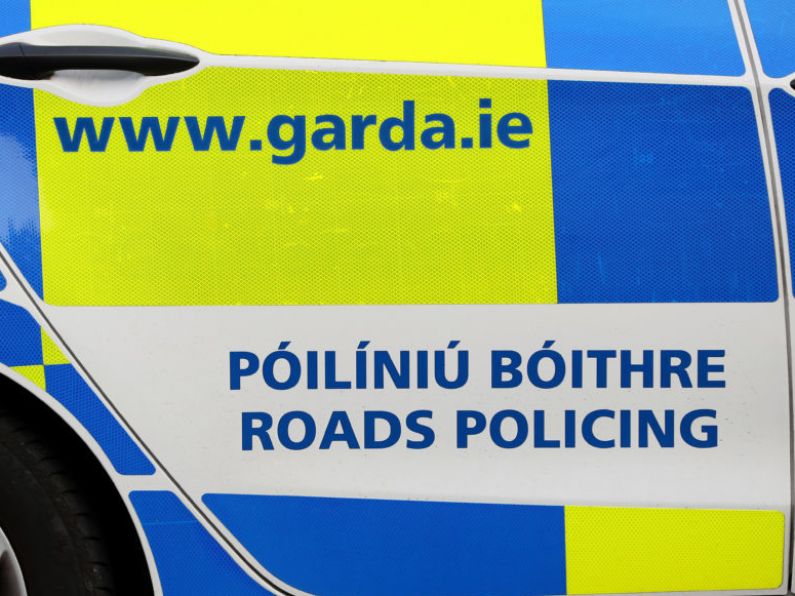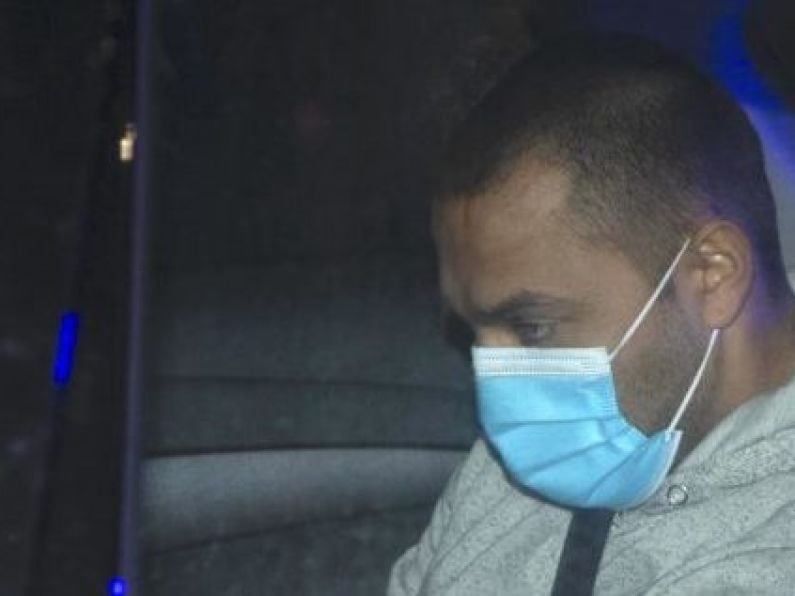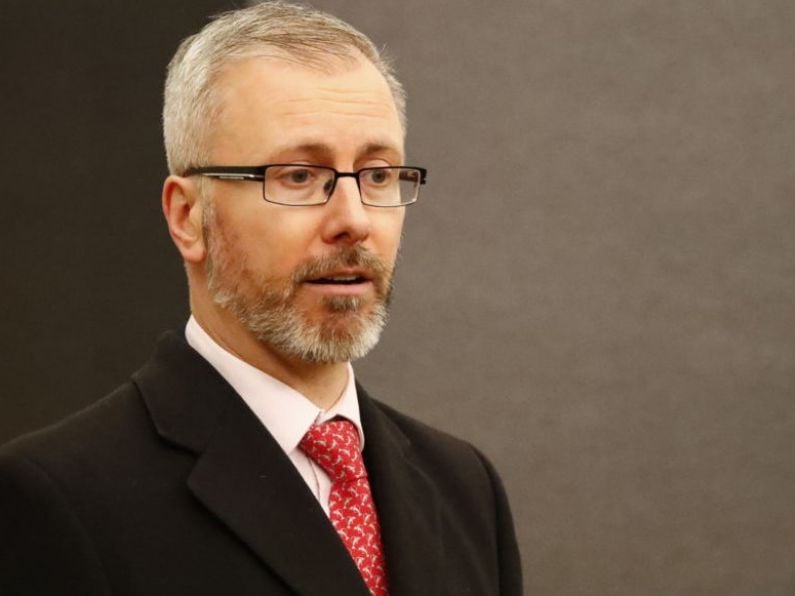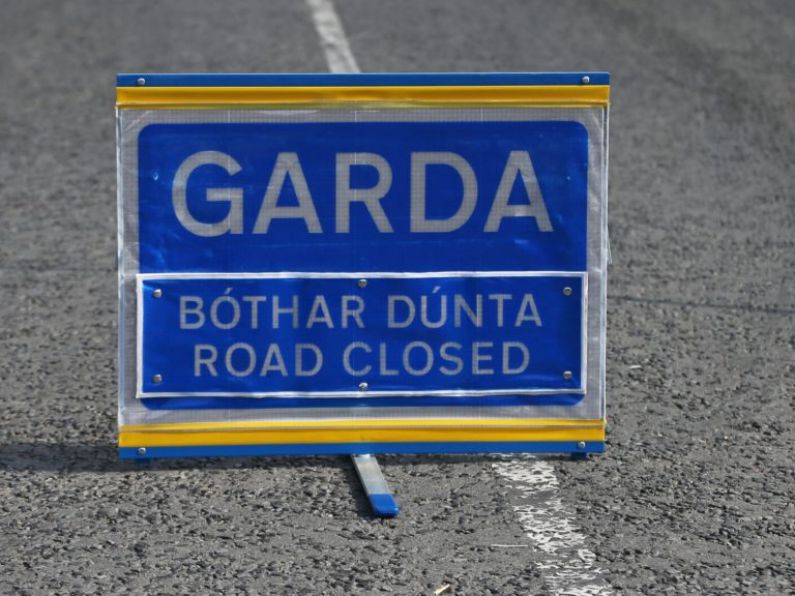How many times have you checked your phone today?
…Used it for Social media, to like something or follow someone, to communicate with friends and family?
Technology now plays a huge role in our relationships. We send each other texts, tweets, snaps and selfies. Use it for online dating, post comments, join group chats…and mute them just as quickly.
Not so long ago, communication like this was the stuff of science fiction. Now we take it for granted. But we’ve also seen the emergence of a darker side: Digital and Online abuse.
So what is Digital and Online abuse? How do we identify it and how can we deal with it?
WHAT IS DIGITAL & ONLINE ABUSE?
Digital and Online abuse can take many forms…anonymous trolling, revenge porn, blackmail, spreading false rumours…but at its heart, it can generally be identified as straight-up, harassment and bullying.
Sexting
Take for example, Sexting – a fairly recent phenomenon and a fun element in a healthy relationship, between between two consenting adults. However…
"A research study* about ‘Sexting’ found that while the practice was common among youths and young adults, 20% of participants reported being coerced into it at some stage.'' *
*(Drouin et al, 2015) ‘Sexting: A new digital vehicle for intimate partner aggression’
These individuals were also more likely to experience more traditional forms of abuse at the hands of their partner, such as physical, emotional or sexual, suggesting that sexting coercion maybe an indicator of intimate partner violence.
Women’s Aid
Women’s Aid, who run the national domestic violence helpline, say many victims of domestic violence report additional digital and online abuse.
According to their website** digital and online abuse can include:
- Women who are harassed and monitored online, through mobile phones and texting.
- Abusers who combine digital abuse with more traditional offline stalking tactics such as following, damaging property and abusive calls.
- Women who have personal details shared or lies spread about them and are impersonated by their abuser online.
- Having sexually explicit images and videos that were taken with consent posted online without consent (‘revenge porn’).
- Abusers have advertised their partners on escort sites without their consent or knowledge.
- Abusers have used specific spyware to monitor the woman, find out her online and bank account passwords and keep track of her whereabouts.
** https://www.womensaid.ie/help/digitalabuse.htm
Revenge Porn
The use of technology in a relationship can often take a sinister turn when couples break-up.
Where couples, in the past, contested ownership of property, pets or CDs, now many are faced with the issue of “What happens to our intimate pictures or recordings?”
Unfortunately, there have been documented cases where people’s lives have been shattered, or even driven to suicide, by ex-partners taking intimate images and posting them online.
Such cases have become known as ‘Revenge Porn’, named after online ‘ex- girlfriend’ pornography sites that began to specialise and market such material.
Often in the discussion around revenge porn, commentators blame the victim for taking the pictures in the first place, rather than vilifying the person who shares it with others.
According to statistics from the Cyber Civil Rights Initiative*, “47% of revenge porn victims contemplate suicide”.
*www.cybercivilrights.org
DIGITAL & ONLINE ABUSE AND THE LAW
The emergence of digital and online abusive situations has created new challenges to law makers. Currently, digital and online abuse cases fall under Section 10 of the Non-Fatal Offences against the Person Act 1997 and there have successful prosecutions of people who committed harm via communications technology.
Law Reform Commission
A recent report of the Law Reform Commission (LRC) on Harmful Communications and Digital Safety (2016) highlighted areas where the law could be strengthened.
- The strengthening of the offence of Harassment.
- The creation of a new offence of stalking.
- The creation of two new offences relating to the distribution of intimate images without consent.
- The overhaul of the existing offence of sending grossly offensive, indecent, obscene, menacing or false messages.
The LRC report also proposed…
- The establishment of a Digital Safety Commissioner to promote digital safety.
- To publish a statutory Code of Practice on it.
- To oversee efficient take-down procedures to ensure that harmful communications can be removed as quickly as possible from social media sites.
The Department of Communications, Climate Action and Environment are currently considering these recommendations.
HOW TO PROTECT YOURSELF FROM DIGITAL & ONLINE ABUSE.
The following information has been developed by Women’s Aid (UK)* and is specific to victims of domestic and sexual violence.
If you are planning to leave an abusive relationship
- Don’t use your home computer. Stalking behaviour often starts before a victim leaves their home. All victims should assume that their computer is being monitored.
*https://www.womensaid.org.uk/information-support/what-is-domestic-abuse/onlinesafety/
- Don’t use existing e-mail accounts to make plans or inform anyone that you are planning to leave. Use a safe computer such as a friend’s or a library computer.
- Create a new e-mail account. Use a safe computer to set-up a brand new e-mail account. Don’t access the new e-mail account on your old computer –the abuser may be monitoring it.
- Don’t use your smartphone. When you leave, disable your smartphone so you cannot be traced. If you have an Android phone turn it off and remove the battery. If you have an iPhone - turn it off to stop transmission of your data. Buy a cheap mobile phone. You can get them for €10 at a supermarket.
- Check your car. If you plan on leaving in your car, check for a GPS tracking device. Consider using a taxi/bus or meet a friend in the next road. If you continue to use your car, the abuser may try to find the car and you.
What to do once you are safe from the abuser
- Change passwords. As soon as possible, use a safe computer to change the password on your existing e-mail account(s)
- Change your social network accounts, online banking, eBay, PayPal, online stores etc.
- Call your mobile phone company and change the security PIN/passwords.
- E-mail accounts: Use multiple e-mail accounts. If you use a service like Gmail or similar, you can manage them all easily.
- Create separate e-mail accounts for: most trusted friends and family; social networking – other friends; online registrations; financial account.
- Make your computer safe. If you want to start using your own computer again, then you need to buy anti-spyware software and run a full scan.
Securing mobile phones
- Use secure login/passwords. Choose a password that the perpetrator will not be able to guess.
- Always use a PIN to access your phone. Choose your PIN carefully; random numbers.
- Invest in mobile security software. If you suspect an abuser has put spyware on your mobile then you need software to remove it.
- Call blocking. Using whitelists means you can only be contacted by someone in your address book and all other calls will be blocked. Delete all contact numbers you have for your abuser.
- Delete all apps that tell you where you are: maps, photos, check in, find my phone etc. If the app asks for administrator access, say no.
- Understanding geolocation. Learn how to turn on and off your Wi-Fi, GPS and geolocation services, and change the default so that geotags are not added to photos.
Using Social Media
- Block the perpetrator. Even if they are not on your friends list. Also, block all their friends and family.
- Be careful adding new friends. Abusers will often create fake emails and profiles of friends and family so you will add them to your friends list. Before you add a friend or family member, check they really sent you a friend invite.
- Reduce your friends list. The more friends you have on your social network the easier it is for your abuser to find information about you.
- Change your privacy settings and your security settings. This will vary depending on what website you are using.
- Use login notification feature. Change your security settings to get notifications when a new device tries to login to your account.
- Tell your family and friends. Stalkers not only stalk you, they will also contact and follow your friends and family via social networks. Ask them to block the abuser and not to post your contact details or tag you in photos.
Removing Material from Social Media Sites
All the prominent social media companies have content and conduct policies and standards, which outline their approaches to different categories of harmful content.
Not all of these categories appear to be treated in the same way, with removal more likely in the case of some types of content rather than others.
WHAT HELP IS AVAILABLE?
Although new protections for victims of digital and online abuse are currently being drafted into legislation, there are already laws in place which can protect people from many aspects of digital and online abuse.
The ‘What would you do?’ campaign website has a dedicated section on digital and online safety. Information on how to wipe your internet history and how to cover your tracks when browsing the internet.
See http://whatwouldyoudo.ie/#page-safety
Women’s Aid is the leading organisation in Ireland dealing with domestic violence in Ireland. As well as providing services to women who suffer abuse at the hands of intimate partners, their website has an extensive area covering digital and online safety.
See https://www.womensaid.ie/help/digitalabuse.html
The National Network to End Domestic Violence (NNEDV) is an American organisation that has published extensively on how victims of domestic violence can protect themselves from digital and online abuse.
See http://nnedv.org/internetsafety.html and https://www.techsafety.org/
Paladin is the UK national stalking advocacy service. As cyber stalking is increasingly becoming a feature of domestic abuse, it’s a great source of information.
See http://paladinservice.co.uk/advice-for-victims/
WHAT TO DO IF YOU SUSPECT SOMEONE IS SUFFERING ABUSE
If you suspect someone you know is being abused, don’t wait for them to approach you - follow your instincts. Look for a private moment where you can express concern and let them know you’re there for them.
- Express concern
- Assure them that the violence is not their fault.
- Support, but don’t give advice
- Give them resources
There are several agencies in Ireland who can offer help and support.Check out www.whatwouldyoudo.ie for a list of services and advice.
Safety
Remember, if you suspect someone is being abused - before you get involved, ask yourself if it’s safe and legal to intervene.
If the situation is already violent or looks like its escalating quickly, don’t directly intervene. Call the Gardaí on 999.
The only effective bystander intervention is a non-violent one. If you see or suspect domestic abuse, visit whatwouldyoudo.ie or call 999.

Beat 102-103 supporting Cosc
#whatwouldyoudo
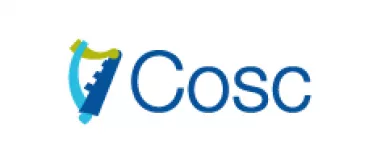

A message from Cosc and the Dormant Account Fund supported by Beat 102-103




